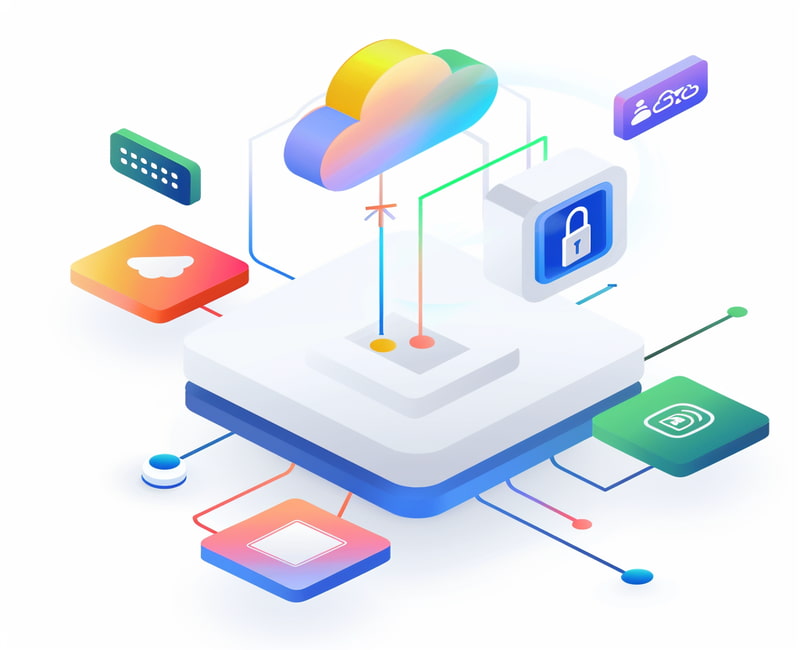SAP BODI Interview Questions
SAP BODI Interview Questions!!! Are You Looking for a Reliable Resource to Prepare for an Upcoming SAP BODI Interview? Look no further!
This thorough blog post was designed with one objective in mind: to assist applicants prepare for SAP BODI interviews as swiftly and painlessly as possible!
Our complete blog has everything you’ll need for your interview experience! So come equipped and transform your job with this trusty manual!

SAP BODI Interview Questions and Answers:
1. What are the theoretical concepts and ideologies related to transformation in Business Object Data Integrator(BODI)?
SAP BODI (Business Objects Data Integrator) transformations include data integrator, data quality, platform, and text data processing. These transformations play an essential role in processing, manipulating, and executing backend processes.
2. What are the four categories of transformations available in BODS (Business Object Data Services)?
The four categories of transformations are data integrator, data quality, platform, and text data processing.
3. What is the definition of a data integrator transformation in BODS?
A data integrator transformation is defined as integrating data through these transformations.
4. What is a data quality transformation in BODS (Business Object Data Services)?
A data quality transformation is defined as integrating data through data integrated transformations.
5. What is data transfer transformation in UDS, and how can it be used?
Data transfer transformation is a data integrated transformation that can be used for faster processing of data in real-time scenarios. It can be used between two queries or between queries using a platform transformation.
6. What is push down optimization, and how does it affect memory and processing time?
Push down optimization is a concept used for performance tuning to process data faster. It consumes more memory and time than other processes running in parallel.
Data transformation allows the database to allocate memory space for processing data from one system to another, reducing job duration.
7. What is the role of data transfer transformation in data generation?
Data transfer transformation generates data between dates. It can be used to iterate dates based on one date and choose the frequency of the dates. It can also be used to load data for specific periods and increment the load incrementally.
8. How can data be appended to interrupt different events in the future?
Datacan be appended to interrupt different events using data transfer or date generation transformations. This allows for flexibility and the ability to change the data if necessary.
9. What is date generation in BODI, and how can it be used to generate date values?
Date generation is a data integrated transformation in BODI (Business Objects Data Integrator) that allows you to generate date values between specific durations, such as every day, week, month, year, or year later. This can be done manually or through the date generation transformation.
10. What is the advantage of using effective date and next transformations in managing data?
Effective date and next transformations help organizations manage their data efficiently and improve overall performance by flattening the hierarchy within the organization.

SAP BODI Training

11. What is hierarchy flattening transformation, and when can it be used?
Hierarchy flattening transformation converts a hierarchical structure to a flat structure in real-time scenarios. However, it is not applicable for migration projects or home farms in the hierarchy.
12. What is key generation transformation, and when can it be used?
Key generation transformation is used when a key is needed to be generated for a particular column. It is not widely used but can be used when required.
13. What happens when using key generation transformation in table comparison?
Key generation transformation generates and inserts keys when using table comparison, but it may not work if there is no source and target in between.
14. What is table comparison, and how does it work?
Table comparison is a target-based comparison that compares data between source and target tables to identify changes in the source table. This process differentiates between inserts and updates, allowing for more efficient data management.
15. What are the various transformations offered by BODI to manage hierarchies and data structures?
BODI offers various transformations, including hierarchy flattening, history preserving, key generation, pivot, and table comparison, to manage hierarchies and data structures effectively. Key generation and table comparison are crucial aspects of these transformations.

16. What type of transformation is used to identify changes occurring at the source table itself?
Map series operations are used to identify changes occurring at the source table itself in BODI, but they require defining the type of operation and flag value for DIB map.
17. What do pivot transformations do in BODI?
Pivot transformations convert columns to rows in a table and generate sequence numbers for the generated rows if desired. They allow for the conversion of columns into rows based on values, header values, and column values.
18. What is reverse transformation, and how is it different from pivot transformation?
Reverse transformation, or reverse private transformation, is opposite to pivot transformations as it can convert rows into columns.
Table comparison is a famous transformation in BODI that allows for comparison of incoming source data with the target table, comparing updated records and new records from the source.
19. What are the advantages of using pivot and reverse transformations in BODI?
Both pivot and reverse transformations have their advantages but they contribute to the overall functionality and efficiency of the database. Pivot transformations convert columns to rows, while reverse transformations convert rows to columns.
20. What are the different types of comparison methods available in table comparison?
There are three types of comparison methods available in table comparison: row variable, catchy comparison, and table comparison. These methods help differentiate between primary key columns and non-primary key columns.

SAP BODI Training

21. What are some other data integration transformations available in BODI?
Other data integration transformations in BODI include template XML pipeline, hierarchy flattening, effective data transformation, data agents, joint rank, and transfer messages.
22. What is the role of data agents in generating time dimension tables in BODI?
Data agents are used for creating time dimension tables, which generate a column with data values based on the start and index provided as input. They consider the increment provided, such as day by day, monthly, quarterly, half a year, or yearly.
23. What are the different types of transfer messages in BODI?
There are four types of transfer messages in BODI, and it is essential to discuss all data integrated transformations to understand their applications and uses.
24. Why is data analysis a complex process?
Data analysis is a complex process that involves various transformations and tools, such as data transfer, data transformation, hierarchy flattening, pivot and reverse transformations, and table comparison.
Understanding these transformations is crucial for developing effective data analysis solutions in real-time projects.
25. What is the SLS model, and what are its practical applications?
The SLS (Supplementary logistics services) model is a presentation that covers various aspects of a system, such as job monitoring, support activities, scheduling, scheduling, deactivation, removal, trace error, and logs. It provides practical applications for the SLS model in various systems.

26. What is the process flow discussed in the presentation, and what information is provided about it?
The community course of process is discussed, including the number of records obtained from the query transmission, the number of reports processed from the target table, and the number of reports loaded.
27. What is a variable in a workflow, and how can it be created and used within a workflow?
A variable in a workflow is a value that can be stored and used for processing data. It can be created within a workflow by clicking inside it to make it visible.
28. What are system variables, and how can they be reused in different workflows?
System variables can be defined in one workflow and then accessed and renamed in another workflow, making them reusable.
29. How can a user change the schedule of a workflow, and what options are available?
To change the schedule of a workflow, the user must first deactivate the existing schedule. This will enable options for recurring schedules or daily scheduling, and the user can choose a desired date format.
30. What are the different types of schedulers available in the system, and which one should be used for third-party schedulers?
There are data storage and POE schedulers, and the other option is the scheduler, which is typically used when using third-party schedulers. If a user is using an internet scheduler, they should choose the cache service scheduler.

In conclusion, SAP Business Objects Data Integrator (BODI) is a robust and flexible data integration solution that helps businesses manage and convert data from several sources into a single format for analysis and reporting.
Users may easily handle and alter data for business objectives using data integration transformations such data transfer, transformation, pivot, and map series operations.
SAP BODI additionally schedules, alerts, and logs data integration operations to ensure correctness and timeliness.
The platform also supports flat files, databases, and web services, making it appropriate for enterprises with different data landscapes.
SAP BODI’s clear user interface, extensive data integration and transformation capabilities, and broad feature set make it an essential tool for enterprises trying to get insights from their data and improve business results.
All the Best !!!

SAP BODI Course Price


Saniya
Author